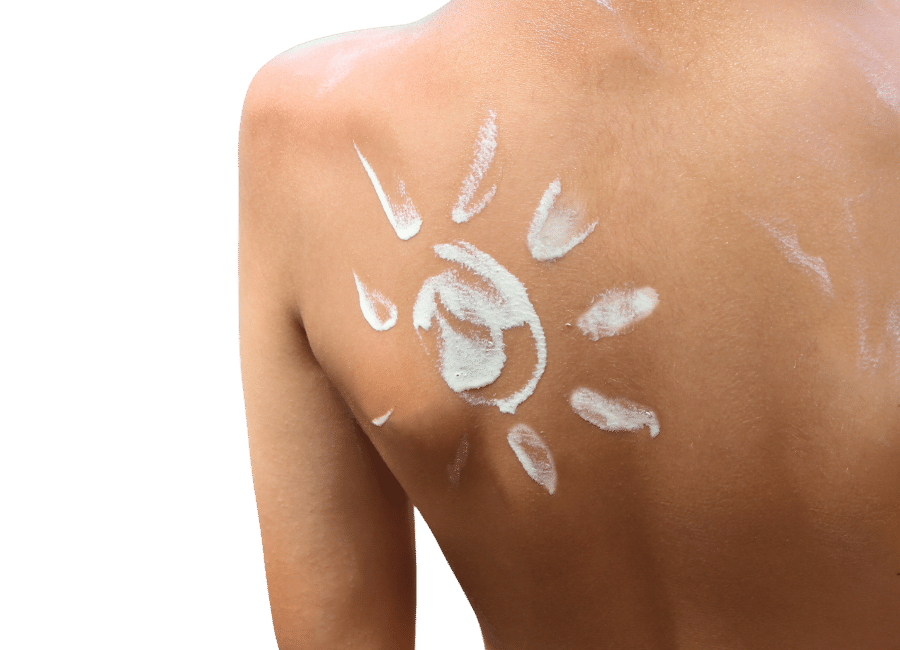Valley Dermatology
Protect yourself from UV Rays this summer
Overexposure to UV radiation can lead to serious health issues, including cancer. Skin cancer is the most common cancer in the United States.

What are UV Rays?
Ultraviolet or UV Safety Month comes right in time for beach season. UV radiation comes from two types of rays – UVA and UVB. Both can cause cell damage to your skin’s top layer. While it has some benefits for people, including the creation of Vitamin D, it also can cause health risks, including skin cancer, which is now the most common cancer in the United States. UV Safety month is a reminder to take careful precautions to limit your UV exposure and risk of skin cancer.
Control your exposure to UV
The most natural and abundant source of UV radiation is the sun. However, there are also artificial sources, including tanning beds, mercury vapor lighting (often found in stadiums and school gyms), and some types of lasers. In the summer months, UV rays can be hard to avoid. Thankfully, the prevention methods are accessible. Most of the time, it’s as simple as limiting your time in the sun and using sunscreen.
You can control your UV exposure both by adjusting what environments you visit, and what you wear. If you are sitting in the sun by the beach or a lake, limit your exposure, especially during peak hours. Stay in the shade as much as possible. Clothing that blocks these rays while still keeping you cool includes wide-brimmed hats, beach cover-up dresses, and sunglasses. For exposed areas of the skin, use sunscreen.

What is SPF?
What does SPF mean and why is it important?
The SPF that you see on sunscreen bottles stands for “sun protection factor”, which is the level of protection the sunscreen provides against UVB rays. The are also many questions surrounding how big of a difference higher SPF numbers make. Higher SPF numbers do mean more protection, but the higher you go, the smaller the difference becomes.
SPF 15 sunscreens filter out about 93% of UVB rays, while SPF 30 sunscreens filter out about 97%, SPF 50 sunscreens about 98%, and SPF 100 about 99%. According to the FDA, any sunscreen under 15 protects you from sunburn, but not skin cancer.
How do I choose the best sunscreen?
- Choose a sunscreen with “broad spectrum” on the label. These products have to pass a test in order to earn this title. Broad-spectrum means that the product protects against both UVA and UVB rays. Products that aren’t broad spectrum must carry a warning that they only protect against sunburn, not skin cancer or skin aging.
- Make sure your sunscreen has an SPF 30 or higher because it filters out 97% of UVB rays.
- No sunscreens are waterproof or sweat-proof, and manufacturers are not allowed to claim that they are. If a product claims to be water-resistant, it must specify whether it lasts for 40 minutes or 80 minutes while swimming or sweating. For best results, reapply sunscreen at least every 2 hours.

